The History of Christmas Cookies: 5 Fun Facts
The tradition of making and eating these seasonal treats goes back centuries.
Nov 28, 2023
The holiday season is upon us, and we can practically smell the aroma of fresh-baked cookies wafting through the air. Beyond being a delicious holiday treat, Christmas cookies are part of many family traditions, and have a rich history to boot!
If you’ve ever wondered why we bake certain cookies each season, or why we leave the good stuff out for Santa, it’s time to enroll in Christmas Cookie History 101. Before you rummage through your kitchen cabinets for your favorite cookie cutters and baking supplies, indulge in these five fun facts about Christmas cookies.
Treats for Jolly Old St. Nick
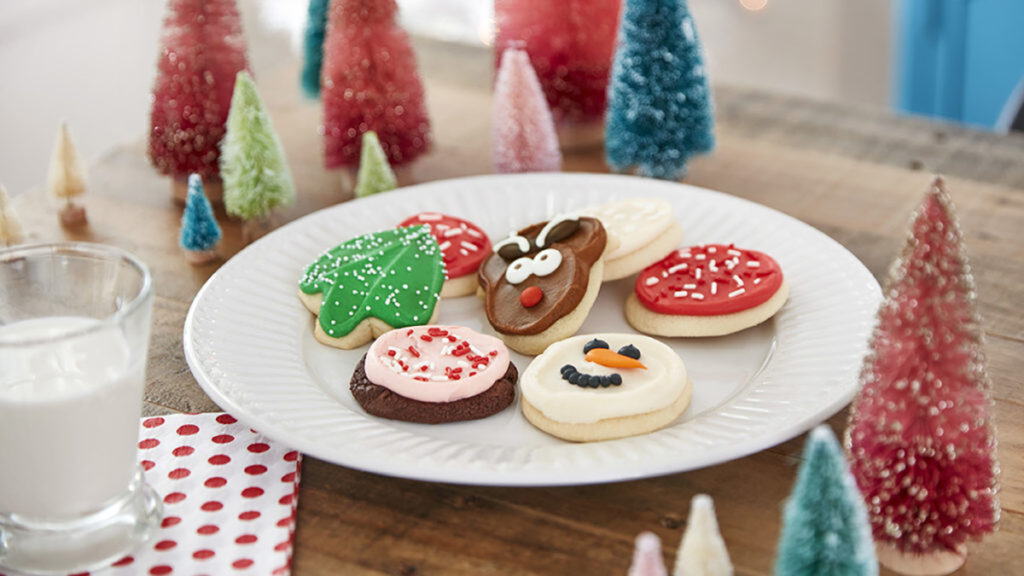
The practice of putting out cookies for Santa began in the 1930s during the Great Depression, when parents were trying to instill a sense of thankfulness in their children. Leaving goodies, perhaps in a sweet cookie jar, continues to be a way of sharing the holiday bounty. Some families even extend the giving to the jolly man's flying companions, leaving carrots or apples out for Santa's reindeer.
Spice, spice baby
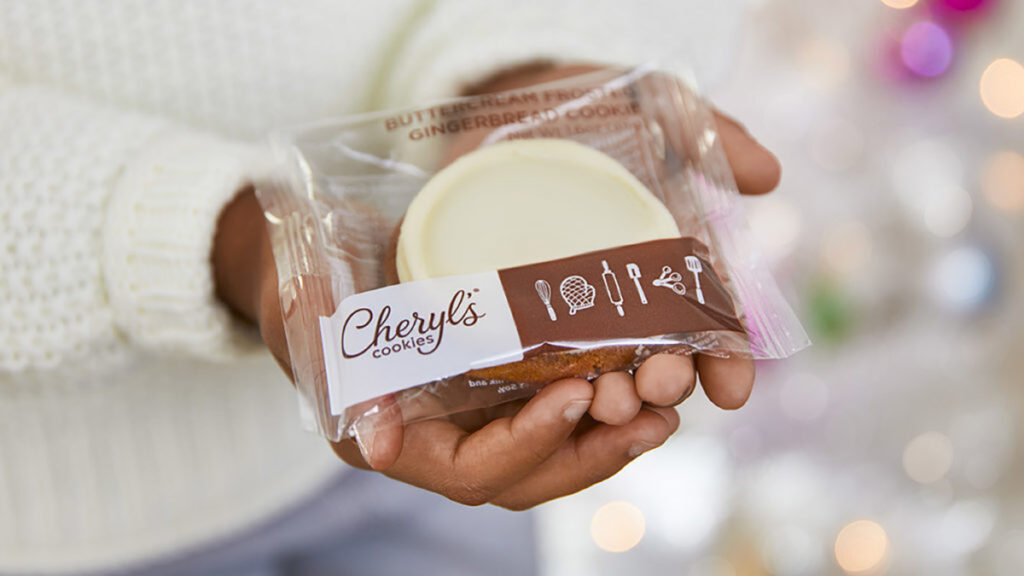
When aromatics, such as nutmeg, cinnamon, and ginger, became more widely available in Europe in the Middle Ages, they were put to good use at holiday baking time. It became tradition to combine butter and sugar — which cost a pretty penny back then — with these prized spices once a year at Christmas. Bakers today include nutmeg and molasses in holiday desserts, especially in gingerbread cookies — one of the most popular seasonal treats.
Sweet as sugar
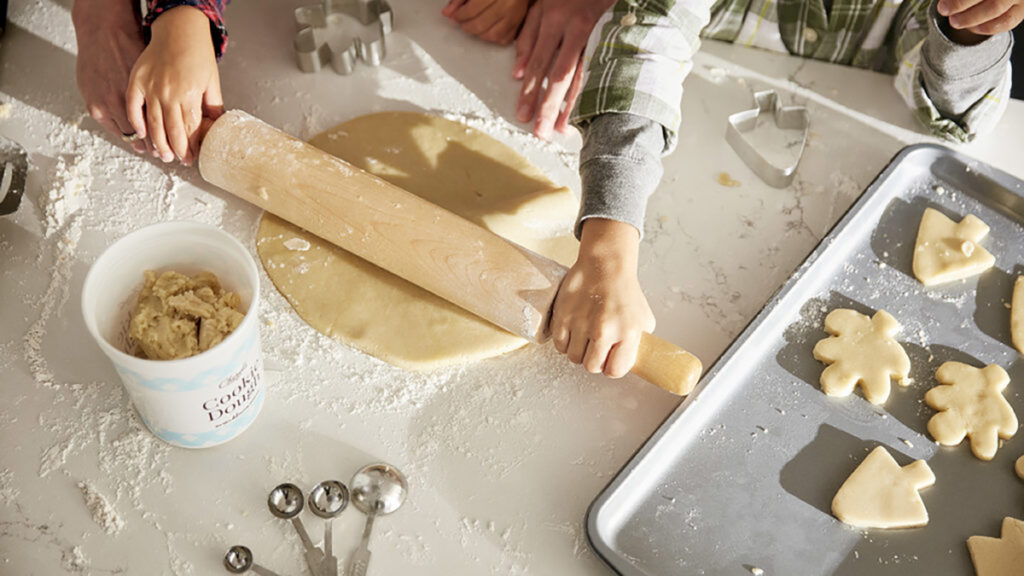
Along with gingerbread, simple sugar cookies are another staple on Christmas dessert trays. This tradition started in the 1700s, when German settlers in Pennsylvania brought over the traditional unleavened, easy-to-store treat from Europe. Pliable sugar cookie dough is easy to roll and cut into shapes, which adds to its popularity at Christmastime today.
Frosting vs. icing
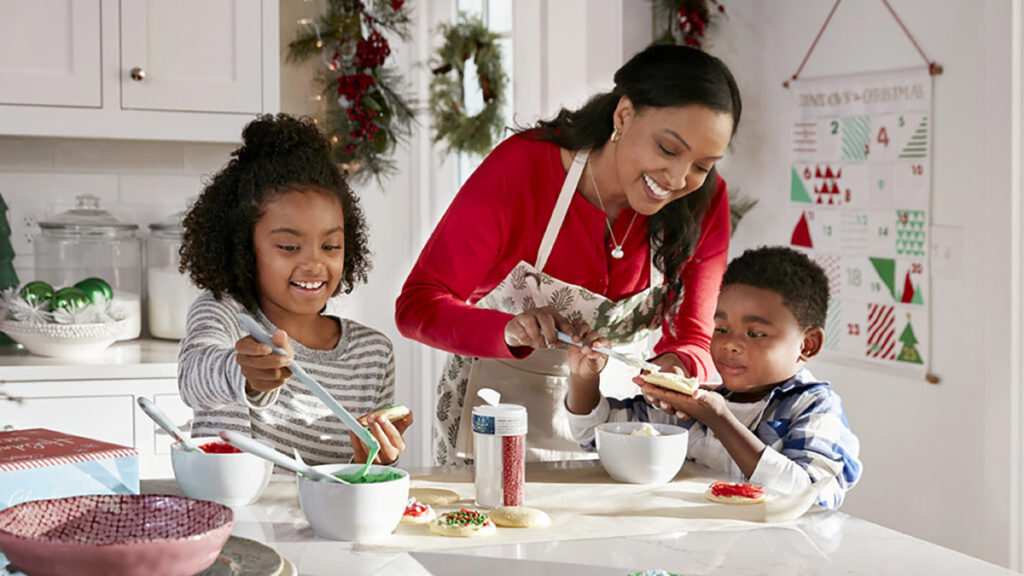
Whether you spread thick pastel layers or use a delicate white glaze on your cut-outs and gingerbread, Christmas just isn't the same without lots of frosting (or icing, depending on where you live). Decorating cookies with frosting began in the 1600s, when bakers used a mixture of sugar and egg whites to top cakes; once cooled, the concoction looked just like ice. Today, the buttercream variety is very popular, and can be found on frosted cookies in every holiday shade.
A cut above
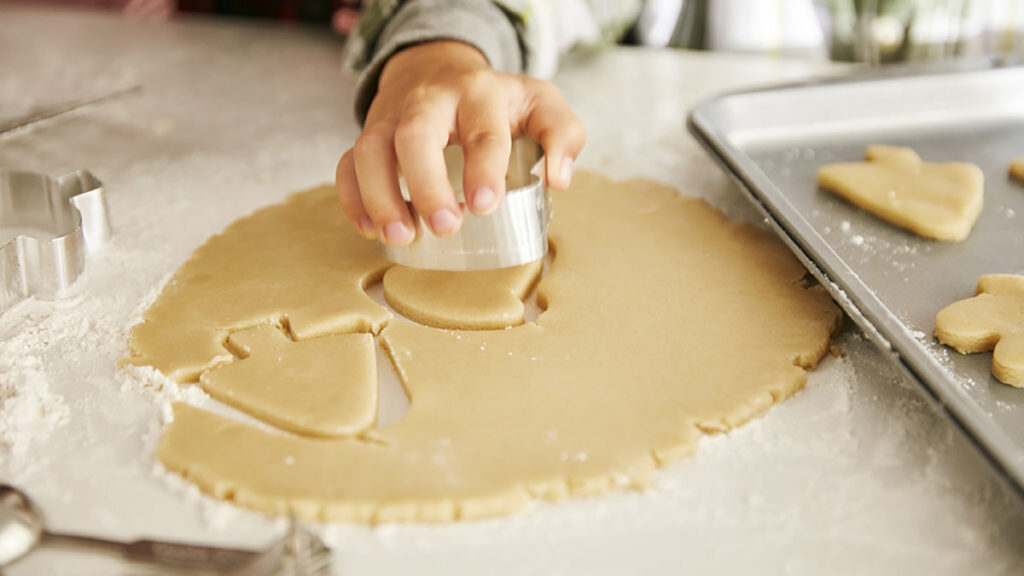
Cookies have long been molded and shaped. Using cookie cutters to do the job, though, likely began after Queen Elizabeth I decided she wanted gingerbread specially made to look like her honored guests. Tin cookie cutters made stamping out little men easier (and faster), though later these tools were made from aluminum, plastic, and copper.







